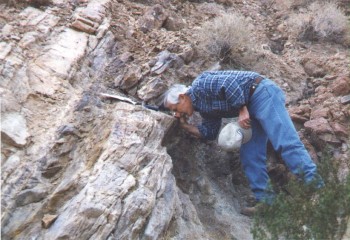

 | An unconformity is a buried erosion surface. It is a surface of rock that was exposed on the Earth's surface and was then covered by younger layers. Unconformities are important because they represent missing intervals of the geologic record, like pages missing from a history book. The Great Unconformity represents about 1.2 billion years, which is more than one fourth of the age of the Earth. |

